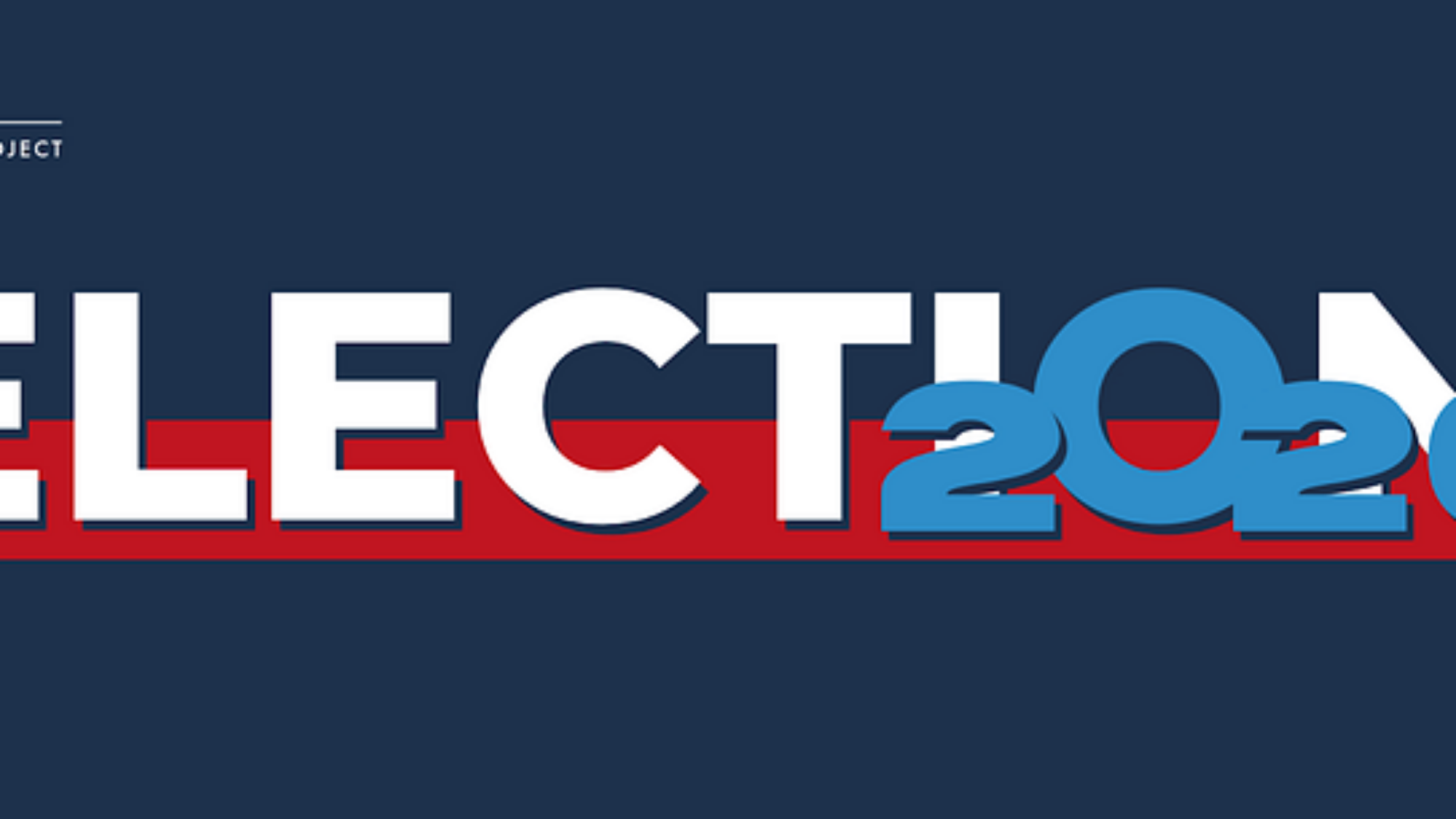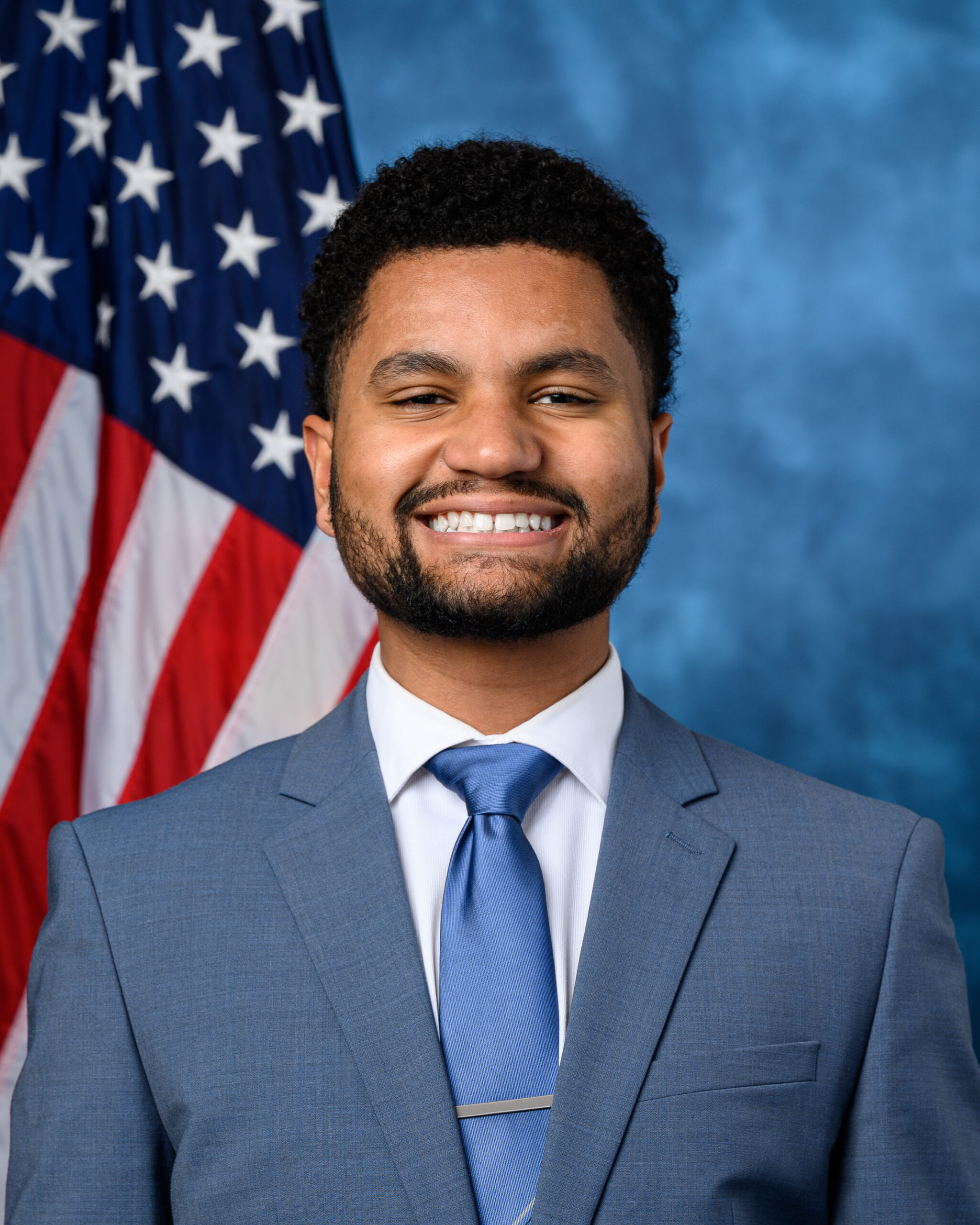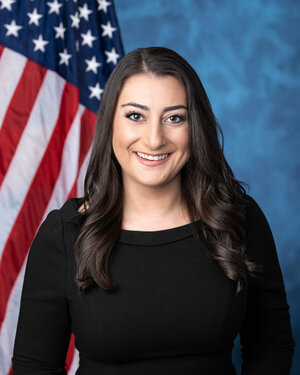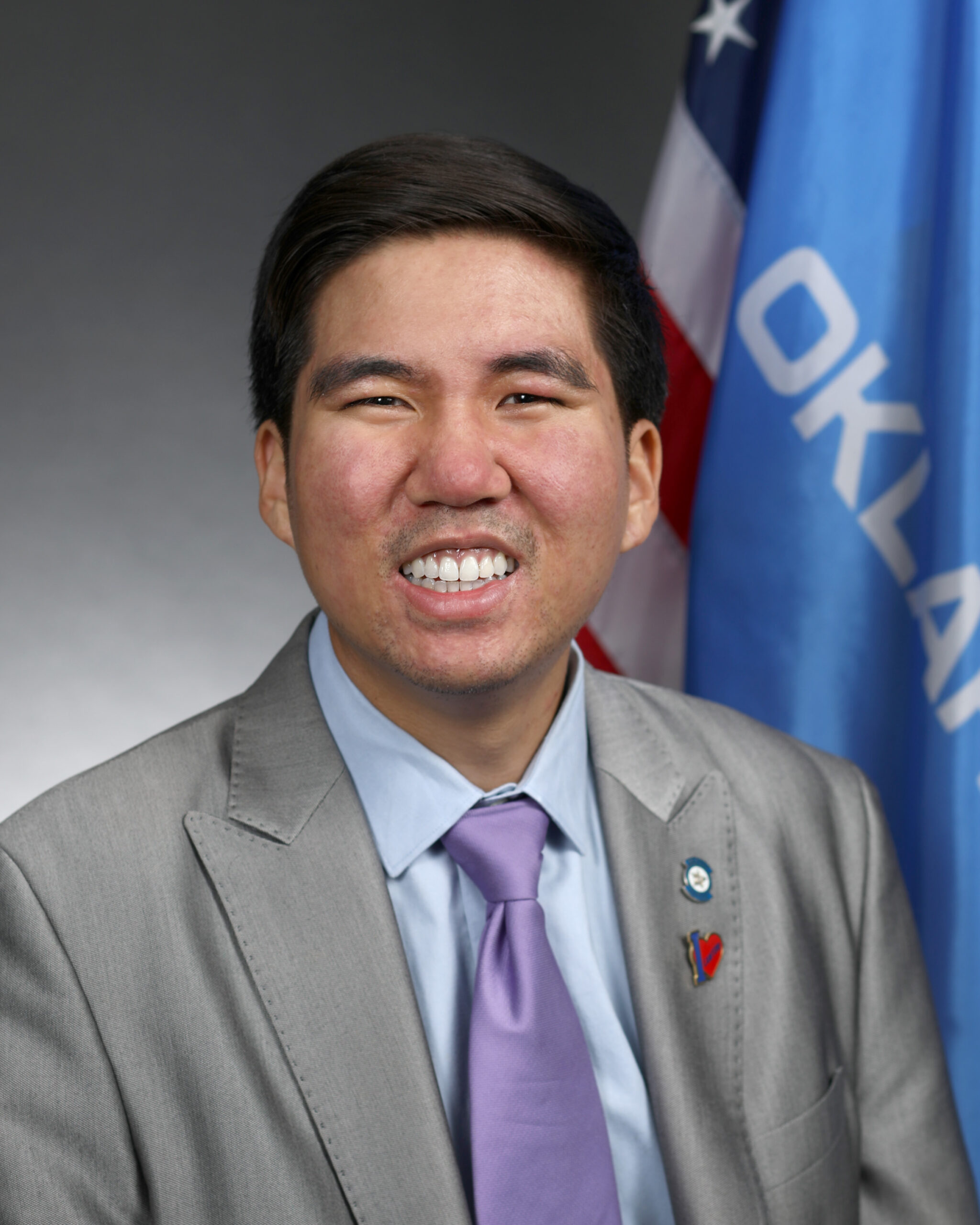No Election is Ever Over on Election Night. Here’s Why.
November 2, 2020

On Tuesday November 3rd, millions of Americans will turn out to vote. Because of the COVID-19 pandemic, however, many voters have turned to alternative voting methods, such as absentee voting. This year, much of the voting will have already happened by election day, and election officials will have a much larger number of absentee ballots to count than usual. But no election is ever over on election night. Here’s why.

Election night “calls” are typically based on projections
In any given year, election administrators count and finalize ballots for several days following election day. This is a normal process and one that ensures that all votes are properly counted.
The election might be “called” by major news outlets on election night, and this happens when media outlets believe one candidate has an unbeatable lead; however, this is just a prediction, not a final tabulation based on all of the votes. Since the winner of the election is based on how many states are won by a nominee, it is possible that a news outlet could “call” the election simply based on how many states an individual candidate has won. A candidate also has to hit a certain electoral threshold in order to win the presidency: an electoral threshold is a minimum percentage of the vote that a candidate has to achieve before they can win the election. This means that an election could be “called” or predicted based on whether or not a candidate has reached the electoral threshold.
In some states, tabulation may take longer this year.
This year, it may take longer to count the ballots due to the sheer number of Americans who have voted. By November 2nd, more than 97 million people have already voted, surpassing the 2016 pre-election numbers in 33 states. We are on track to break records for general election voter turnout.
Election workers in 32 states can start counting ballots as early as a week before election, but with the extraordinary amount of ballots being cast this year, this will most likely not be done by election day. In 6 states, ballots can’t even begin to be counted until election night. To add to the time it will take to count the ballots, in 23 states, ballots can be counted multiple days after the election. This, of course, lengthens the counting and tabulation process.
Absentee ballots can be tedious to count because they have to be removed from their envelopes and verified as valid before they can be fed to the tabulating machine; In order to verify a ballot as valid, election workers must check for signatures and an address on the outside of the ballot.
With millions of Americans voting absentee this year (some for the first time), counting the ballots may take longer than usual.
Exit Polling
During the election, exit polling refers to a survey done as voters leave the polls. In some cases, exit polling is literally when a pollster asks voters how they voted as they’re leaving the polls; in other cases, exit polling is conducted online. In a large sample group, exit polling might accurately represent which candidate a specific population is largely voting for.
In past years, exit polling has had a significant impact on how an election is called. Major news networks will typically cite exit polls as evidence that a certain candidate will win — and if the projected winner based on exit polls is different from the projected winner based on tabulation of votes, a news network will often wait to call the vote. Exit polls are not always entirely accurate, however, and in 2004, exit polling led John Kerry to believe he had won when George W. Bush had actually won the election. Still, exit polls have a significant impact on how and when an election is called.
However, since the COVID-19 pandemic is ongoing, exit polling may be more difficult to complete. Because more Americans are voting absentee than ever before, there will likely be fewer people voting in person than usual, reducing the sample population that is able to be polled. With a smaller sample population, there may be an increased margin of error, potentially limiting the accuracy and forecasting of exit polls, compared to a normal election year.
As a result, it may take a bit longer to reach the electoral threshold and for the news outlets to make the calls for some states. But it doesn’t mean we should lose confidence in the integrity of our elections, because elections are never over on election night.
Additionally, one of the best signs of strong election integrity is high turnout. From everyone at MAP, we encourage you to get out and vote!
By: Sydney Richelieu, Intern at Millennial Action Project






Join 1,900+ BIPARTISAN LEADERS NATIONWIDE
Be a part of a network of lawmakers committed to governing effectively, passing more representative public policy, and increasing public trust in democracy.